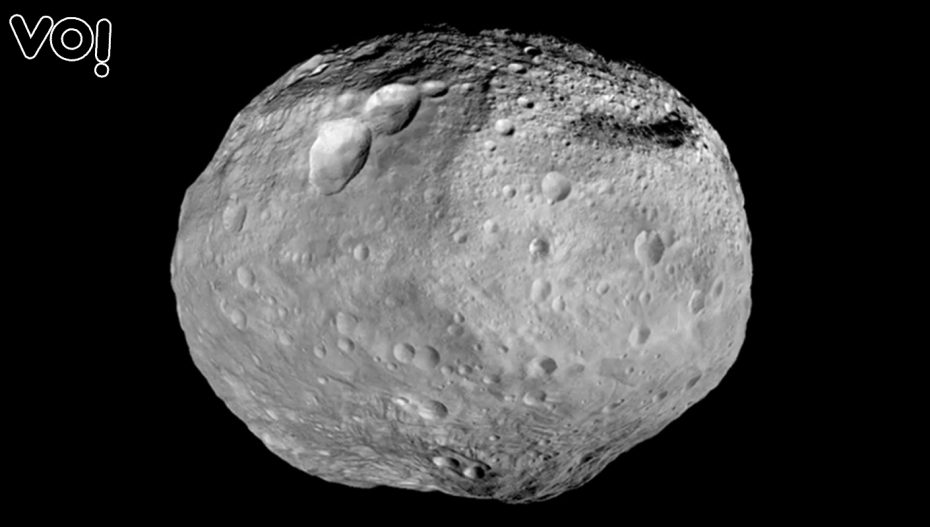For the faithful, the genesis of life owes to Divine orders. For Science, research now backs their claims that “matter transmuted into organised self-replicating assemblies of molecules that we call life on Earth.”
A new paper published in the journal “Nature Communications” strengthens theories that hold “the basis of life came from outer space.”
Using new techniques of chemical analysis, Japanese researchers have now shown all the amino acids necessary to form DNA and RNA, the genetic basis of life, are to be found in small meteorites that fall to Earth.
These “nucleobases” are not examples of extra-terrestrial life. They are the result of chemistry taking place within asteroids while in space, which may then have “seeded” Earth with the necessary prebiotic material to help the development of life. That material, the study notes, may have “contributed to the emergence of genetic properties for the earliest life on Earth.”
The idea that genetic material could form on carbon-rich asteroids and then ride down to Earth on meteorites small enough to “soft-land” without vaporising the prebiotic material is not new and dates back at least 50 years.
In 1969, a meteorite landed in Murchison, Australia, and was found to contain many amino acids, suggesting interstellar chemistry could create the ingredients necessary for life. By the 1990s, planetary scientist Carl Sagan suggested that although the concentration of such organic material in each small meteorite is very small, the higher rate of meteorite impact seen during “Earth’s youth” could have led to a significant amount of material falling on our planet’s surface.
“The absolute abundance of nucleobases of extraterrestrial origin could be enough for further chemical reactions on the early Earth,” said Yasuhiro Oba, a professor in the Institute of Low Temperature Science at Hokkaido University, in Japan, and the lead author of the new study.
DNA, which encodes the blueprint for each organism on Earth, and RNA, which communicates and implements that blueprint in each organism, are made up of two classes of molecules: the purines such as guanine and adenine, and the pyrimidines, such as cytosine, uracil, and thymine. DNA is constructed of adenine, guanine, cytosine, and thymine, the four nucleotides creating the base pairs of DNA, while RNA uses uracil in place of thymine.
While previous studies had identified the purine nucleotides, guanine, and adenine, Dr Oga’s study is the first to discover the pyrimidines in meteorites, showing the full range of nucleotides necessary for genetic chemistry can, in fact, fall to Earth on space rocks.
What is not clear, however, is just how much of an impact on Earth’s early chemistry such meteorites may have had, and Dr Oba is quick to point out that a lot depends on how much prebiotic chemistry may have been active on Earth before considering any extraterrestrial influence.
At the same time, Dr Oba said, he believes it’s likely the prebiotic chemistry from multiple sources was important to the origins of life — it’s possible terrestrial and extra-terrestrial chemistry made their own contributions.
Dr Oba and his colleagues made their discovery by training new technologies and techniques on three old meteorites, including the Murchison meteorite.
What excites him and his colleagues, they note in the paper, is the opportunity to apply new techniques to new asteroid samples extracted in space, such as from the Nasa mission currently returning samples from asteroid Bennu, and samples from asteroid Ryugu returned by the Japanese Space Agency in December 2020.














